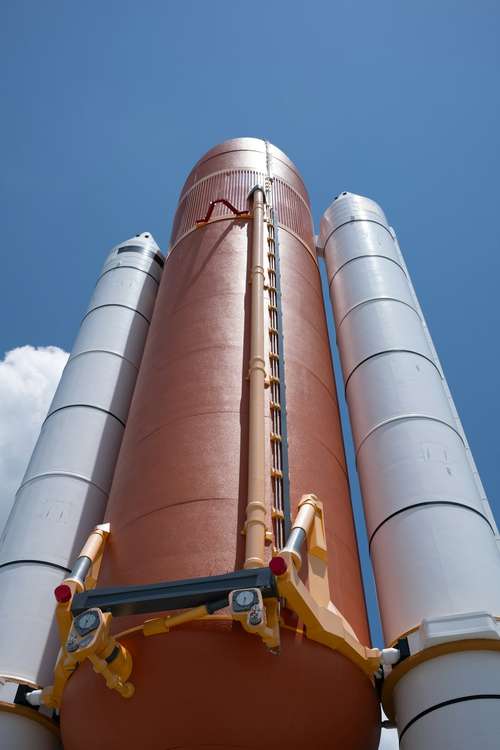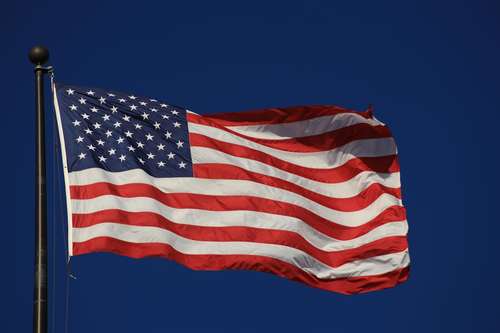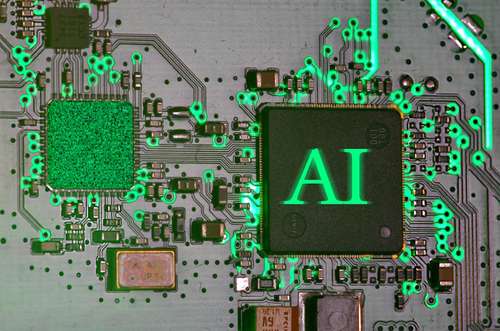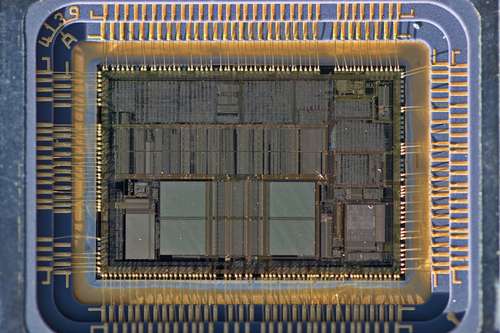NASA is developing spacesuit technologies to make future astronauts on the moon safe from the sun's unfiltered rays. With no atmosphere on the moon, it means the sun's rays hit the lunar surface with full force, reaching 121 degrees Celsius.
Spacesuits are basically one-man space capsules with regulated environmental controls.
The Artemis program at NASA is planning a slew of manned and unmanned missions to explore the cosmos.
Artemis 3 is scheduled to launch humans to the Moon in 2025, with the first woman and person of color on board. The astronauts will arrive near the Moon's south pole, which is thought to be covered in ice.
As they travel to the Moon for the first time since the 1970s, astronauts will need to be protected from the harsh temperatures of space.
Engineers are shown constructing new spacesuits in a new NASA video that makes walking on the Moon a stroll in the park.
The heat created by the astronauts' bodies must be taken into account during eight-hour spacewalks.
Under the heavy white spacesuits, astronauts will wear a spandex cape with tubes that pump water around their bodies.
This layer, which NASA refers to as a "liquid cooling ventilation garment," absorbs the heat generated by the astronauts' motions.
The most recent advances in liquid cooling technology are an evolution of comparable procedures employed by Apollo astronauts decades ago and by space travelers today.
At the moment, astronauts onboard the International Space Station (ISS) are performing spacewalks with recycled water from a station unit.
Engineers are attempting to condense the materials required to fit into a self-contained suit, allowing astronauts to explore the Moon without the use of a lunar module.
Two such small units have been created so far: one is on Earth, while the other is onboard the International Space Station, waiting to be tested in zero gravity.
NASA is interested in collaborating with commercial enterprises to improve spacesuit design and construction.
How NASA Will Protect Astronauts on the Moon From Space Radiation
Radiation is energy in the form of electromagnetic waves or particles. When a wave or particle collides with anything else, such as an astronaut or a spaceship component, the energy is transferred. Solar energetic particles are harmful because they travel through the skin, releasing energy and fragmenting cells or DNA. This damage can increase the chance of cancer later in life or, in the worst-case scenario, induce severe radiation sickness.
Humans are secure from harm on Earth. The magnetosphere, Earth's protective magnetic bubble, deflects most solar particles. Any particles that do make it through the atmosphere are also suppressed by the atmosphere.
The International Space Station cruises through low-Earth orbit, safe from radiation, and the station's hull also helps shield crew members.
Human explorers can, however, encounter the terrible radiation of space outside Earth's magnetic reach.
"Whether you're in orbit, transit, or on the surface of a planet, the hazard of radiation is always present," said Ruthan Lewis, a Goddard architect and engineer for NASA's human spaceflight program.
"We're thinking about everything from mitigation measures to protect and enclosures in every location where astronauts will be."
Lifeguards in space
Scientists at NASA's Johnson Space Center in Houston work daily shifts to monitor space weather conditions for astronauts on the International Space Station in a room crowded with large computer screens and blinking lights.
They're known as space environment officers, and they're the lifeguards of space, keeping an eye on the ebb and flow of space radiation instead of tidal waves and rip currents.
The scientists in Johnson's Space Radiation Analysis Group check the National Oceanic and Atmospheric Administration's Space Weather Prediction Center's space weather forecast every day.
They send a message to mission control of possible solar activity. They might advocate deferring tasks that involve leaving the station's safety if solar energetic particles are ramping up and the space station happens to be traveling outside Earth's magnetic protection.
The squad will keep an eye on the astronauts' environment wherever they travel in orbit. The Johnson Team is working on developing shielding solutions that do not require the addition of additional material.
"We're not likely to be able to fly dedicated radiation-shielding mass," Lee said. "You'll have to make every item you fly multi-purpose."




